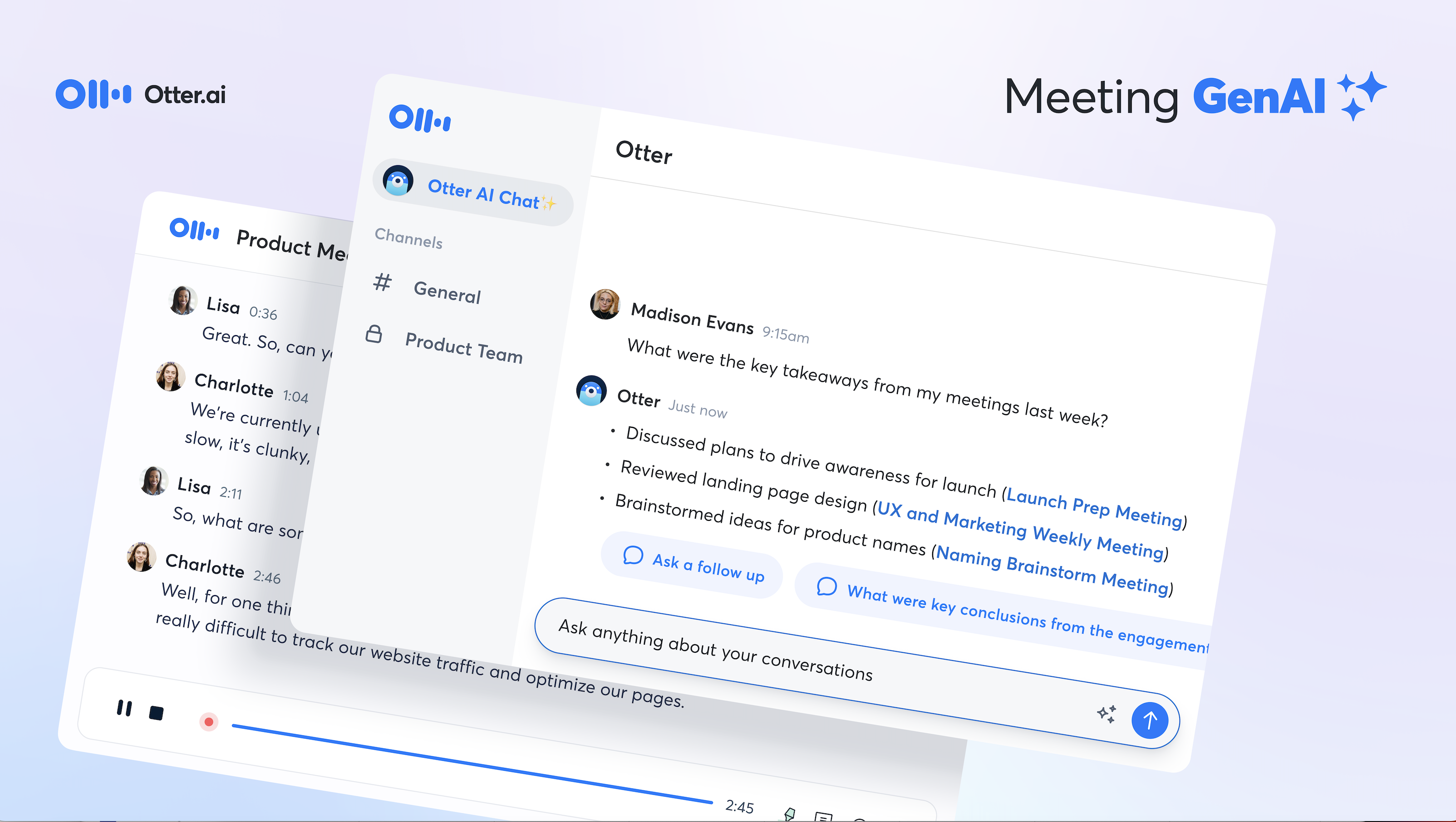Remote team communication is fast becoming a necessary choice for businesses seeking to thrive outside of the traditional office environment. But it isn’t without challenges.
Apprehension about working using remote communication is actually really common. Provided you follow our 5 key tips on working with remote teams, you’ll be able to reap all of the benefits of working with remote teams, without any of the downsides!
1. Set Up Guidelines on Remote Team Communication
New methods of communication and working often require a few rules in order to be effective. They don’t have to be overly arbitrary or strict. Consider them more as a guide than a law.
By setting out guidelines at the start you will be able to manage expectations and ensure that everyone involved is aware of the best practices when using remote communications.
Examples of guidelines to include could be:
- Defining ways in which different types of information can be communicated. Do you have a dedicated method for people to discuss more general or non-work-related matters?
- Mandating the use of more official methods of communication, such as email or specific software, when dealing with things that are more serious, like project decisions and requests.
- Defining a set means for making emergency or urgent communication.
- Detailing topics that should be considered ‘taboo’ whilst working, or guidance on what is considered ‘bad’ language.
You may want to provide a resource or ‘one stop shop’ where everyone involved can view these guidelines. A company handbook, provided at the start of employment for new joiners, can ensure that there are no misunderstandings from the outset.
2. Facilitate a Remote Teams Communication by Using the Right Software
Current world events have dominated the last year and have made remote working an absolute necessity for many businesses. In fact, there is an expectation that it may become a permanent fixture as a method of working.
But this didn’t happen organically. It was facilitated by the widespread use of several essential web conferencing tools.
Whilst several pieces of software can be used alongside each other effectively, it can often be inefficient. Information may be spread across several platforms, and can make it difficult for managers and team members to get an effective overview of the ‘big picture’.
So, what’s the solution? Essentially you’ll want to utilize software that enables a virtual work environment closely resembling that of ‘normal’ office life. This is especially important with regards to meetings and collaborations.
Otter.ai is a great tool to enable this. Otter offers:
- Active engagement among team members, with real time automatic transcription, meaning information is not missed by anyone.
- Better real time interactivity among team members, creating a working environment that is akin to being in the same room, making for simple and effective collaboration.
- The means to communicate with the team while working from anywhere, regardless of connectivity issues and interference.

The absence of face to face communication can often be a barrier to effective communication. The fact that people are spread out, when ideally you want them to be together, can be a challenge.
By choosing the right software, which enables working methods that are as close to ‘real life’ as possible, you can ensure that it is easy to gain a good general overview and have the most accurate information to hand when working with remote teams.
3. Ensure Regular Check-Ins
Unlike in a traditional office environment, remote communication can lead to a feeling of isolation. Interactivity and the ‘human touch’ are still vitally important when working with remote teams. When staff can see and feel that they are part of the bigger picture, you will be able to ensure constant productivity.
One of the best ways to do this is to ensure regular contact.
From a social point of view, personal contact is a good thing. It encourages bonding in the workplace and gives a real feeling of cohesion amongst team members.
Checking in with your team is not just a social endeavor however. By maintaining constant communication, you can always maintain perspective with how a project or task is going.
Regular communication will give you the ability to foresee any looming problems in advance, and be able to plan ahead as to how you are going to deal with them.
4. Get the Most Out of Virtual Meetings
Working remotely can detract from subtle nuances that we take for granted in everyday workplace communication. This can be particularly true when it comes to meetings. Traditionally, a meeting is a coming together of several people to discuss ideas and make plans. Obviously, when people are spread out and apart, there are going to be pitfalls and the value of the interaction can suffer.

To overcome this, it is vital that you make allowances and tailor how you conduct a meeting to try and regain this value. Successful virtual meetings have to be a kind of hybrid, melding some ‘old’ conventions with new ways of working. It is a balancing act between relying on good technology to provide a suitable means to communicate, whilst still maintaining a format that people are familiar with and allows your team to feel that they are ‘in work’.
The main aim of a meeting is to achieve something worthwhile. Knowing exactly what you want to achieve by holding a meeting is the ideal starting point. By setting this benchmark early on you’ll find that all the other elements slot into place.
Once you know your objective you can do things such as plan an itinerary, decide on a format, send invitations, and set reminders. You’ll also be able to plan the best way to share information whilst working with remote teams.
With an objective, once the meeting is taking place, you can constantly review the progress to check that it is going to plan.
Afterwards you can assess whether the goal of the meeting was achieved. When it comes to remote communication, it is most vital that you check that everything has been understood before sending your team out to embark on a task. It is at this final hurdle that most virtual meetings fail. Due to people not being ‘there in the room’ you may have lost engagement or something could have been missed.
The key to virtual meetings is to keep your team engaged. Using technology is good. Using the best technology is better. People are visual creatures by design. So, you will need a means to share visual information easily and quickly, whilst also making sure that everyone is on the same page.
5. Create an Office Culture Online
Just as some people prefer to go to the store instead of buying online, you may find that certain members of your team will struggle to adapt to meet the changing world. As a result, productivity could suffer.

Let’s face it, often when working with remote teams, there is a tendency to for some to focus very much on the remote part of the term. Staying motivated and avoiding distraction is easy when you have colleagues and support around you, not to mention the overseeing eye of supervisors and team leaders. Both of these things can be lost when working remotely.
The quality of communication can be another issue. We have all been there, sat in the same chair, going through yet another video call. Boredom and Zoom fatigue are the enemies of productivity.
Distraction goes hand in hand with boredom. Most offices don’t include comfy couches and a TV enticing you every time you hit a lull.
The final nail in the coffin can be frustration. If a team member really needs something before they are able get on with a task, and it isn’t readily available, there can be a tendency to ‘switch off’ and disengage.
So, what can be done about it? The ultimate aim when using remote communications should be to create a working environment that is as effective as if it were in person. One way to achieve this goal is to create an office culture online. By doing this, you can ensure productivity remains at an optimal level.
“All work and no play makes Jack a dull boy”, remember? Well, this mantra is also true when working with remote teams. Introducing a social and fun element for teams to partake in, just like you would find in the regular workplace, can be a great motivator and help your team to feel connected with each other. There’s a wealth of suggestions on fun, yet still team focused, activities that you can introduce virtually. These are great virtual team building activities that can help you connect with your distributed team. Most are free and easy to organize!
By increasing the team spirit and making your workforce feel like part of the team you can ensure that they can still feel connected, even if they are in their home office.
In conclusion...
Fundamentally, establishing successful remote team communication requires recognizing how to do things effectively, and identifying areas that may present a barrier to this. By working towards making the virtual working world as close to its ‘real world’ equivalent as possible, you can ensure that your workforce truly feels a part of the team and will act accordingly.







